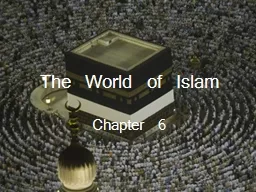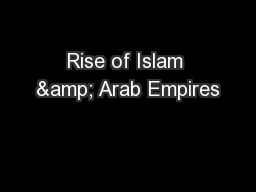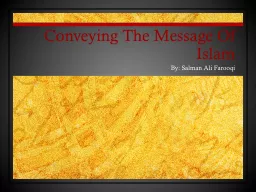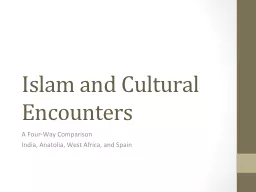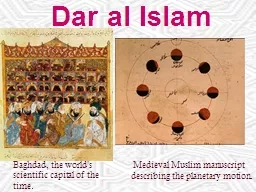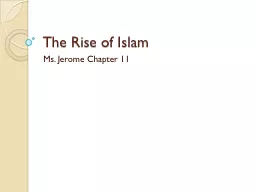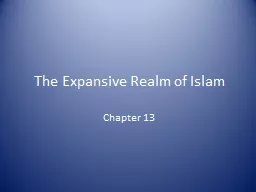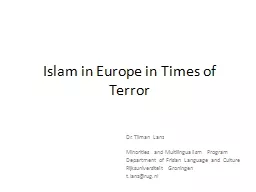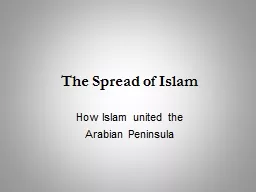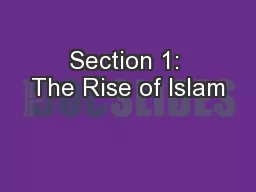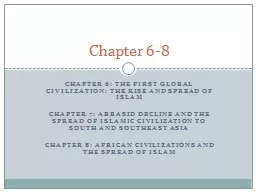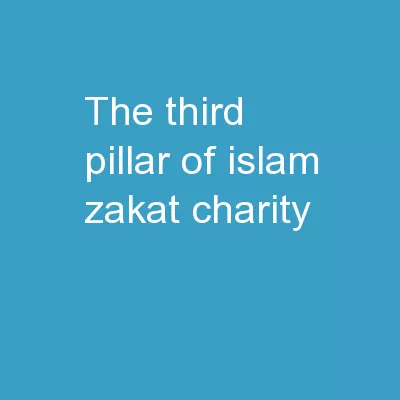PPT-The World of Islam Chapter 6
Author : giovanna-bartolotta | Published Date : 2018-12-20
STANDARD WHI8a The student will demonstrate knowledge of Islamic civilization from about 600 to 1000 AD CE by describing the origin beliefs traditions customs
Presentation Embed Code
Download Presentation
Download Presentation The PPT/PDF document "The World of Islam Chapter 6" is the property of its rightful owner. Permission is granted to download and print the materials on this website for personal, non-commercial use only, and to display it on your personal computer provided you do not modify the materials and that you retain all copyright notices contained in the materials. By downloading content from our website, you accept the terms of this agreement.
The World of Islam Chapter 6: Transcript
Download Rules Of Document
"The World of Islam Chapter 6"The content belongs to its owner. You may download and print it for personal use, without modification, and keep all copyright notices. By downloading, you agree to these terms.
Related Documents

